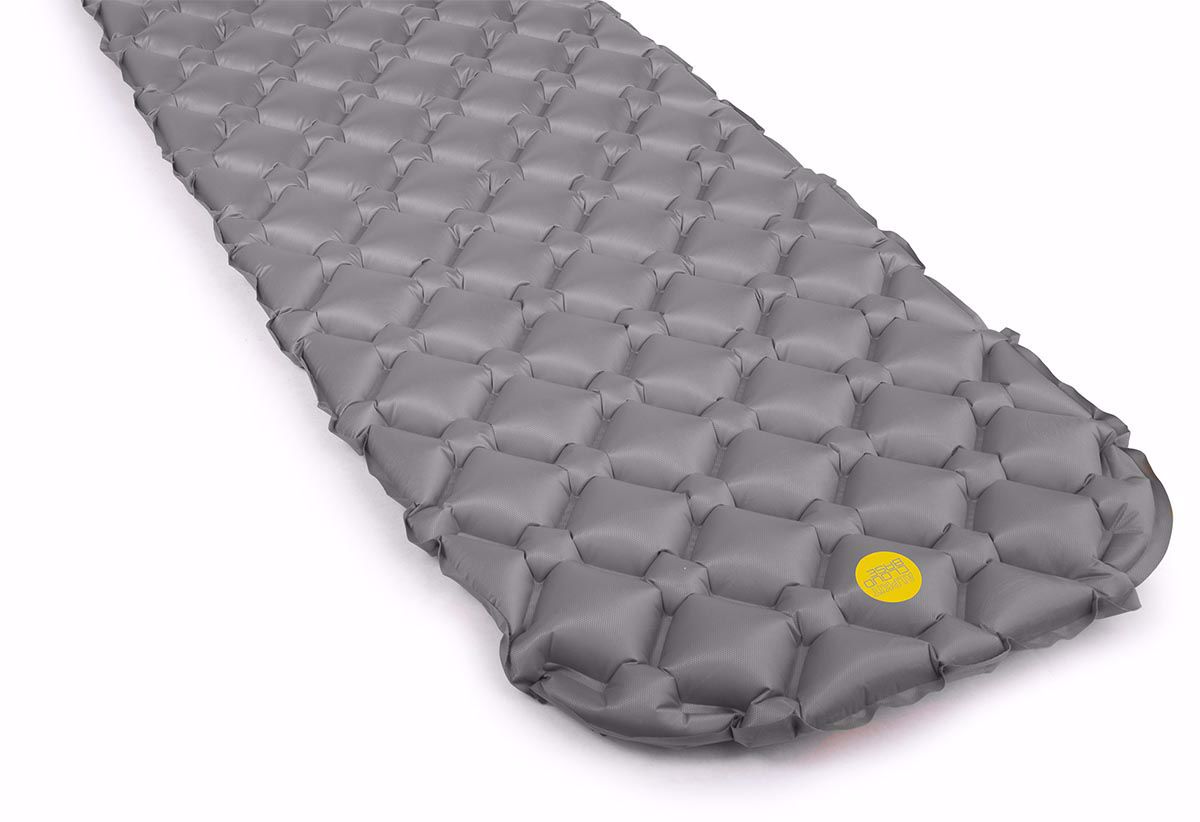Sufficient rest is a main ingredient of a safe and enjoyable hike. While sleeping on the ground may not seem enticing, a proper sleeping bag and sleeping pad can make all the difference on camping and backpacking trips. This blog is part two of two. In part one, we gave recommendations about how to select a sleeping bag and in this blog we will focus on sleeping pads.
Purpose: Insulation and Comfort
Comfort may initially seem like the most useful function of a sleeping pad, and it does usually have the biggest effect on a good night’s sleep, but this is actually a secondary purpose of using a sleeping pad. Insulation, in terms of bodily function and survival trumps comfort in the purpose arena.
How Do Sleeping Pads Work?
Sleeping pads are your 'layer' between your body (inside your sleeping bag) and the ground or shelter floor. Sleeping pads trap and hold a layer of dead (non-circulating) air between your body and the cold (the ground and/or shelter floor). Your body heat will gradually warm this layer and it becomes another insulating barrier. Keep in mind that any part of the sleeping bag you are compressing (while sleeping) loses all its ability to keep you warm. Underneath your body it's the pad that will keep the ground or shelter floor from sucking all that precious body heat you've built up inside you sleeping bag. That's why you need a pad to buffer you from heat-depleting contact with the cold ground (this is known as "conductive" heat loss). The insulation property of a pad depends upon how much air it holds inside and how free that air is to circulate.
Types of Sleeping Pads
Air Pads
These pads use air for comfort and must be manually inflated. There are models that are just air filled and others that do add a bit of insulated fill and/or reflective materials to increase the warmth factor.
Pros: Comfortable and lightweight. Air- filled pads are great for backpacking or camping in warm conditions; insulated models can be used year-round.
Cons: Can puncture, though field repairs are not difficult.
Self-inflating Pads
These pads were originally created by Therm-a-Rest®, and offer a combination of open-cell foam insulation and air. They come equipped with a unique type air valve that, when opened, allows air to enter the pad and thus are self inflating. It is important to blow in additional air to inflate them completely. There are several sizes, shapes, weights and women specific models.
Pros: Comfortable; excellent insulation; firmness is adjustable; compact
Cons: Heavier than simple foam pads and more expensive. Can be punctured or ripped (field repairs are not difficult)
Foam Pads
One of the original backpacking pads that feature dense foam-fill with tiny closed air cells.
Pros: Lightweight, inexpensive and durable; excellent insulators; won't absorb water.
Cons: Less comfortable. Stiff, firm, more bulky.
Air Mattresses
These pads are the 'king' of sleeping pads and are designed for car-camping and comfort! Many of us use these in our own homes for those unexpected 'extra' guests we have once in a while so they are as close to a real bed as you can get and use regular sheets. (Yes, we know they would be wonderful on some of those nights backpacking when you’re dreaming about your bed back home, but they are way too heavy for backpacking!)
Pros: Very comfortable. Easy and quick to inflate with a hand/foot/electric pump. Suitable for car or boat camping, or as a guest bed at home.
Cons: Relatively heavy and bulky. Pump required for proper inflation. Can puncture or leak. No insulation; for mild conditions only.
Want some more lightweight backpacking tips?



